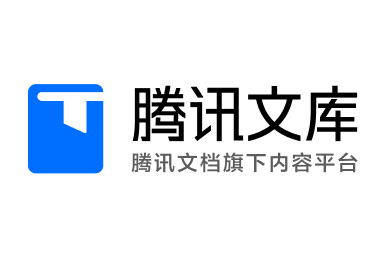50000Nm~3h制氢锅炉的液位控制解析与优化
50000Nm~3h制氢锅炉的液位控制解析与优化IntroductionIn recent years, hydrogen has gained increasing attention as a c
50000Nm~3h 制氢锅炉的液位控制解析与优化 Introduction In recent years, hydrogen has gained increasing attention as a clean and sustainable fuel source. One of the ways to produce hydrogen is through steam methane reforming (SMR) process using natural gas. To meet the demand of hydrogen production, hydrogen boilers have been developed and widely used in industries. A 50000Nm~3h hydrogen boiler is capable of producing 50000 cubic meters of hydrogen per hour. One of the critical aspects of ahydrogen boiler is its liquid level control. In this paper, we will analyze and optimize the liquid level control of a50000Nm~3h hydrogen boiler. Liquid level control principle The liquid level in the hydrogen boiler needs to be accurately controlled to ensure optimal operation. The liquid level control principle is based on the principle of buoyancy and the use of level transmitters. The level transmitter senses the liquid level and converts it to a proportional electrical signal. The signal is then sent to the controller, which compares the measured value to the setpoint and adjusts the inlet valve accordingly. The inlet valve regulates the inflow of water to the hydrogen boiler. It opens when the liquid level is below the setpoint and closes when the liquid level is at or above the setpoint. The outlet valve drains the excess water in the hydrogen boiler. Problem analysis In practice, the liquid level control of a50000Nm~3h hydrogen boiler can be affected by several factors. First, the change in the hydrogen production rate can cause fluctuations in the liquid level. Second, the unsteady flow rate and pressure fluctuations of the inlet water can have an impact on the liquid level control. Third, the dead time and delay in the liquid level control loop can cause oscillations in the system. To optimize the liquid level control, we need to address these problems. One solution is to use aPID controller, which can provide a good balance between stability and responsiveness. The PID controller adjusts the inlet valve based on the proportional, integral, and derivative terms. The proportional term is based on the difference between the setpoint and measured value, the integral term is based on

